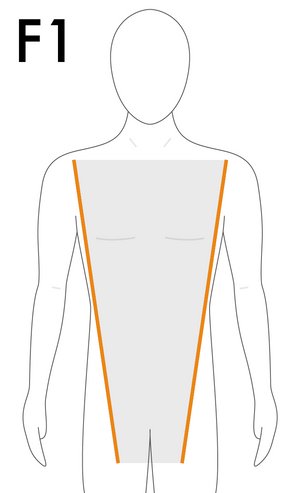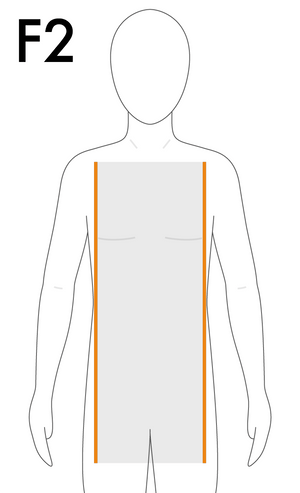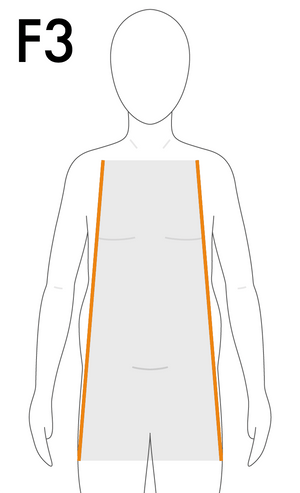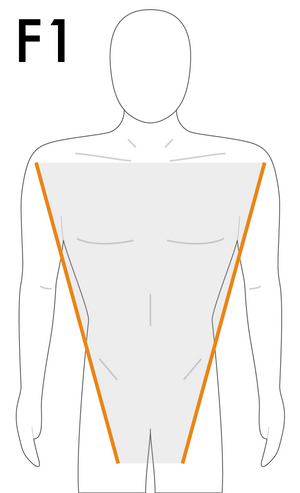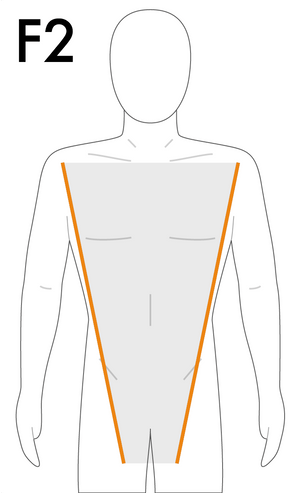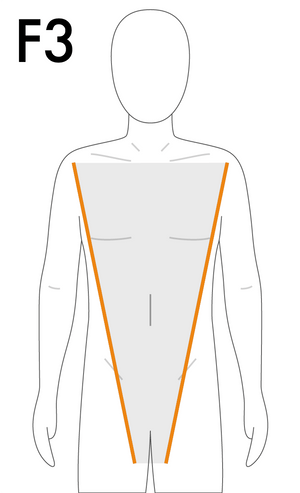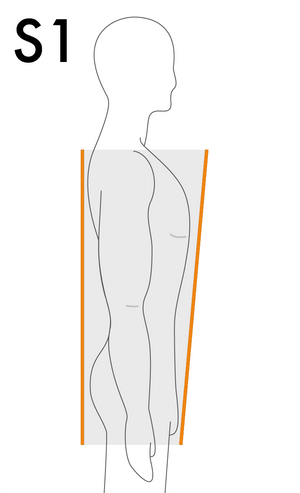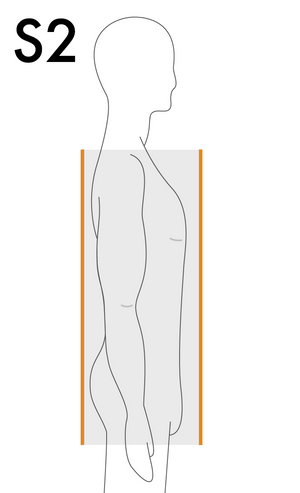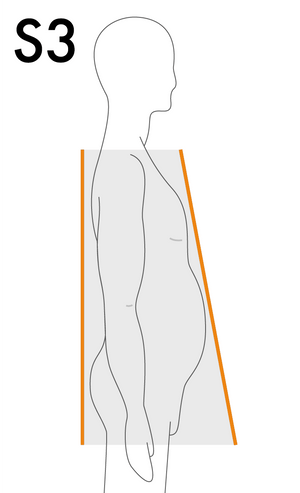How We Came Up With the Idea for 3D Proportional Design
How, Exactly, Did We Come Up with the Idea for the 3D Proportional Sizing?
Interview with Steve Villanueva, co-founder of Otero Menswear.
Staff: You are 5’7”, and I know that you’ve always had a difficult time finding clothes that fit, even when the clothes were supposed to have been designed for shorter men. How did you come up with the idea of a more reliable sizing system?
Steve: I knew intuitively that there was more to sizing than just height, because sometimes a shirt would fit my height, but it would be too tight across the shoulders, or baggy at the waist. Sometimes the detailing on the placket or collar would be awkwardly proportioned. And I knew that there had to be a better way to think about sizing. So, instead of using the model that every other company had used, I decided to go back to the basics. The current fashion sizing system was developed in the 1940s, and data has come a really long way since then, so I decided to see what modern science could tell us about the male body.
And it turns out that data was the key. We obtained tens of thousands of body scans and statistically analyzed everything to find out more about how male bodies are built. We were interested in average heights, of course, but also interested in chest-waist ratios and other important sizing proportions.
Staff: How did you analyze all of this data? It looks like a lot of plot points.

Steve: Actually, we found that there were patterns in the data. Overwhelmingly, male bodies fall into two different shapes: triangular (broad shoulders and narrow waists) and rectangular (leaner build, with a smaller chest-waist ratio). 97% of men fall into these 2-shapes. We also consulted with physiologists and discovered that these different shapes serve a purpose. Men with triangular builds have short twitchy muscles that are designed for brief, overwhelming bursts of power. Men with rectangular builds have longer, leaner muscles designed for tremendous endurance. We knew that sizing couldn’t possibly be the same for men with such distinctive builds, so we decided to adjust our whole system to accommodate for body type as well as height and weight.
Staff: Most shirts come in, at most, seven sizes: XS-XXL. Wouldn’t you need an overwhelming number of shirts in each design to accommodate for all of these sizing considerations?
Steve: Actually both myself and Brett Lawrence (a co-founder of Otero Menswear) have a background in operations and strategic supply chain management. So we were always aware that we would need to balance precision sizing with a plausible business model. If we were to offer this kind of sizing for all men, we would need over a hundred sizing designs for every single shirt. That’s a big part of the reason why we decided to concentrate on guys who fall in the 5’4” to 5’9” range. Even with that target focus, we have individually custom-designed 21 sizes for every shirt, with every detail (placket, sleeve length, arm width, collar, hem length) proportionally designed for the height, weight, and body type of the man who will wear the shirt. And our designers did an amazing job because the same shirt can look perfect on guys with very different builds—and that was never possible with the traditional sizing system.



